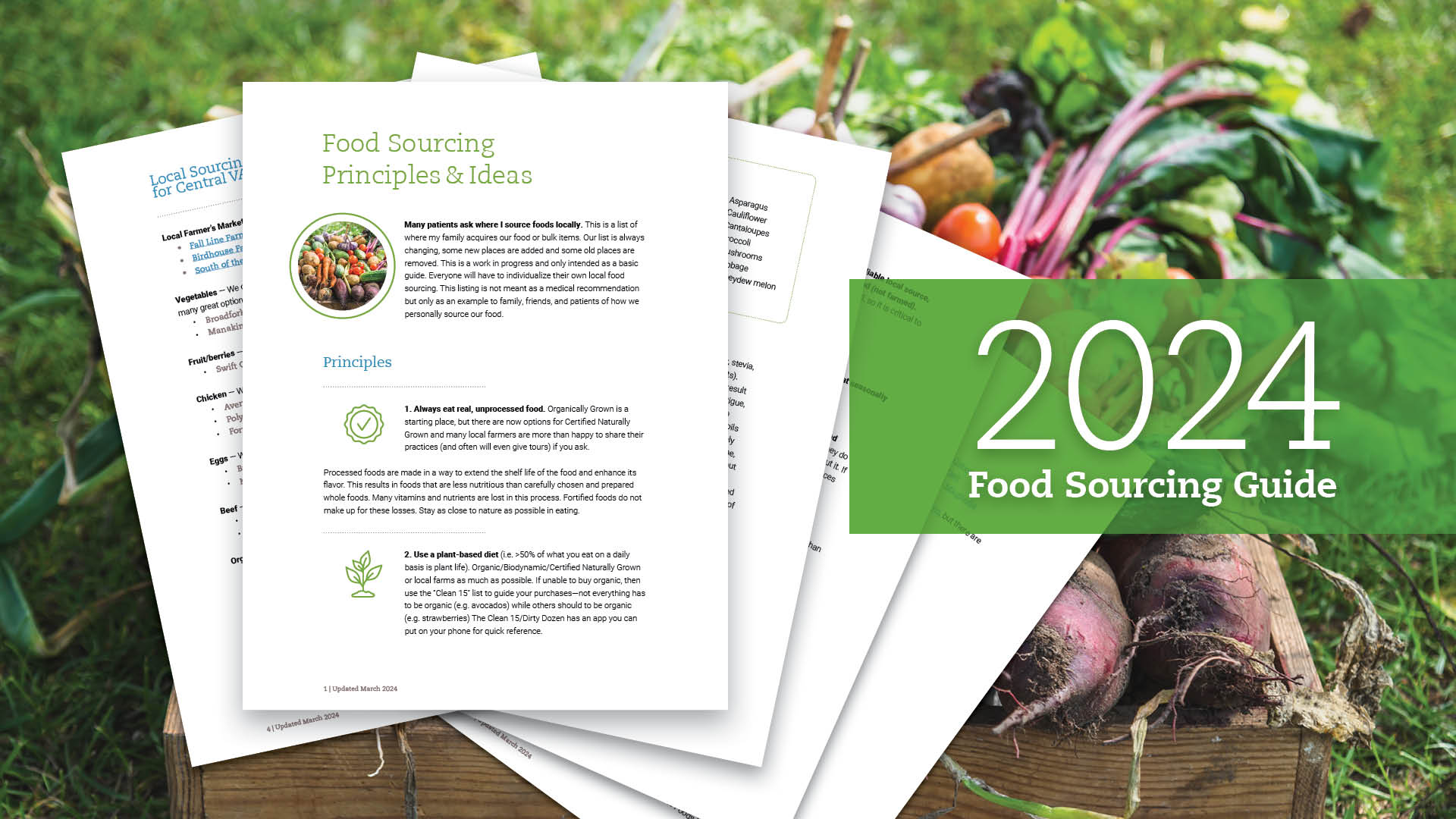Approaches to Fasting

Aaron Hartman MD
August 9, 2022

Subscribe
Never miss out on new content from Dr. Hartman.
Last week we talked about the benefits of fasting and some of the science behind it. Today we’ll answer the question: What are the different kinds of fasting out there? Is fasting simply limiting access to food? Let’s dive into that.

Water Fasting
When we talk about most of the strong research for fasting, we’re usually speaking of strict water fasting. We’re talking about not eating food, and only consuming water or other non-caloric liquids like herbal tea, black tea or coffee without cream and sugar. So that would mean no calories whatsoever for anywhere from one to five days. The most powerful data is for fasts between three and five days. These fasts can be stressful. They can increase your cortisol and you have to be able to be in a resting state. You need to be able to sleep or nap as needed. You need to stay well-hydrated and take lots of electrolytes. The reality is that for most parents with children at home, most professionals, and most Americans in general, this is incredibly difficult to do.
Interval Fasting
More of the most recent research has been focused on finding other ways to mimic the effects of water fasting without completely going without food. Enter interval fasting (also known as time-restricted eating or intermittent fasting). This involves doing a limited fast for anywhere from 12 to 16 hours a day and limiting your feeding window to between 8 to 12 hours.
It takes about 12 hours of fasting to burn through all of your body’s stores of sugar, glycogen, and carbohydrates and to switch over to burning fat and making ketone bodies. While this ramps up at around 16 hours, and hits its peak at about day two to day three of fasting, there is definitely an increase in fat burning and ketone production during interval fasting. If, while doing interval fasting, you cut back on carbohydrates (especially processed ones), and increase fat and protein consumption, you can increase ketone production even more.
Depending on who you read, recommendations for interval fasting windows vary. For general health, some people do just 12-hour fasts daily, which is a great starting place if you’re new to fasting. In some of the literature with Dr. Dale Bredesen and Dr. Terry Wahls, when using interval fasting for neurological conditions and all immune diseases, they recommend a 16- to 18-hour fast.
However, I want to stress that before doing any significant fast like that, you should definitely talk to your healthcare provider. Some people, especially diabetics on insulin, people on certain other medications, or people with specific health conditions, aren’t healthy enough to fast. There are many Americans who aren’t healthy enough to fast, something that we all did hundreds of years ago. This alone is very concerning.
The Fasting Mimicking Diet
The last type of fasting I’d like to talk about today is the fasting mimicking diet (FMD). This is a five-day diet in which you consume a reduced-calorie, reduced protein diet with about 40% fat. The FMD induces similar cell and metabolic effects to fasting through caloric restriction. This method was developed by Dr. Valter Longo and has lots of research from the University of Southern California as it’s been studied for almost a decade. The FMD also seems to be easier and has better compliance for many people, since it allows you to have some food each day to meet energy levels. By day three to five you are getting many of the benefits of a prolonged fast. I’ll talk about the FMD again in a few weeks in a more in-depth post.
These Approaches are Not New
The reality is that we, as humans, have all fasted in our history. The ancient Spartans ate one meal a day, the Romans had one big meal a day, and in the American Midwest, we used to eat a meal and a half a day. It wasn’t until the 1950s that we started eating three square meals a day, and in the 70s we started to snack between meals. This over-eating and excessive caloric consumption is breaking our metabolism, getting us stuck in a sugar-burning state, and making it hard for our body to heal and repair when we sleep at night or during times of rest. So basically, we’re stressing our bodies by consuming too much too often.
Next week, I’ll talk about some of the pitfalls and challenges of fasting and how you can learn to navigate them.
If you’d like more information about these and other topics, I’d suggest starting with the recommended reading list on our website. There are several books listed there that I recommend as you are learning. Our goal is to provide you with the best information we can to help you on your health journey, to maximize your wellness, and to live the best life you can live.
Since 2010, Richmond Integrative and Functional Medicine has been helping people to restore their health and hope with an integrative approach to conventional and alternative medicine that’s entirely science-backed. We at RIFM believe everyone is made for health. We offer a comprehensive, in-person patient membership program to ensure you get access to the care you need to thrive.
